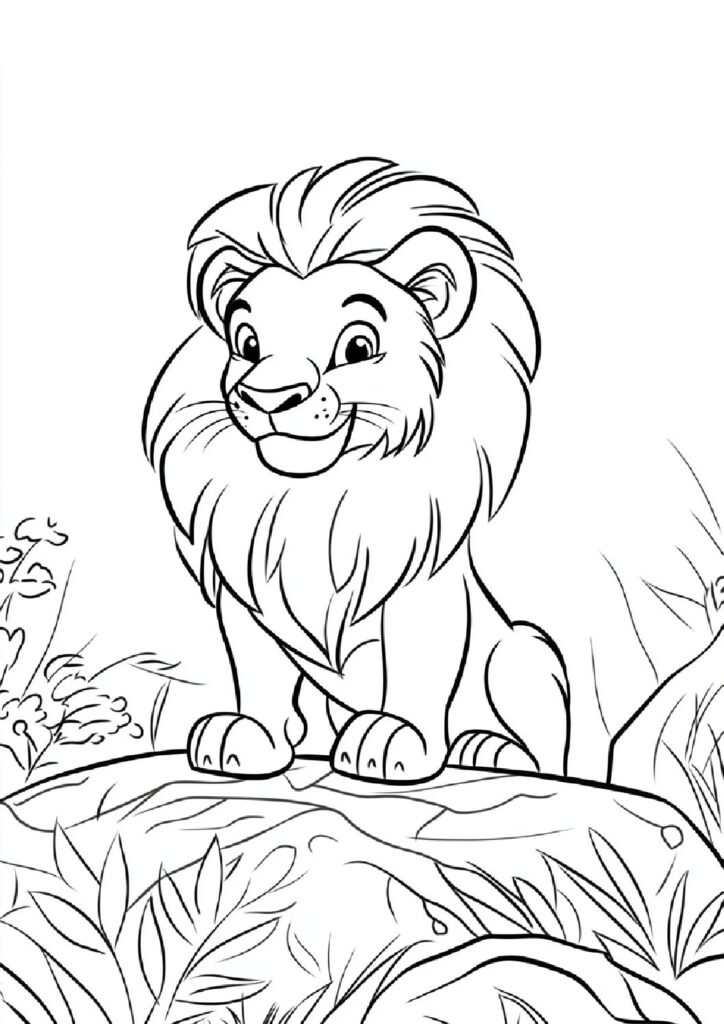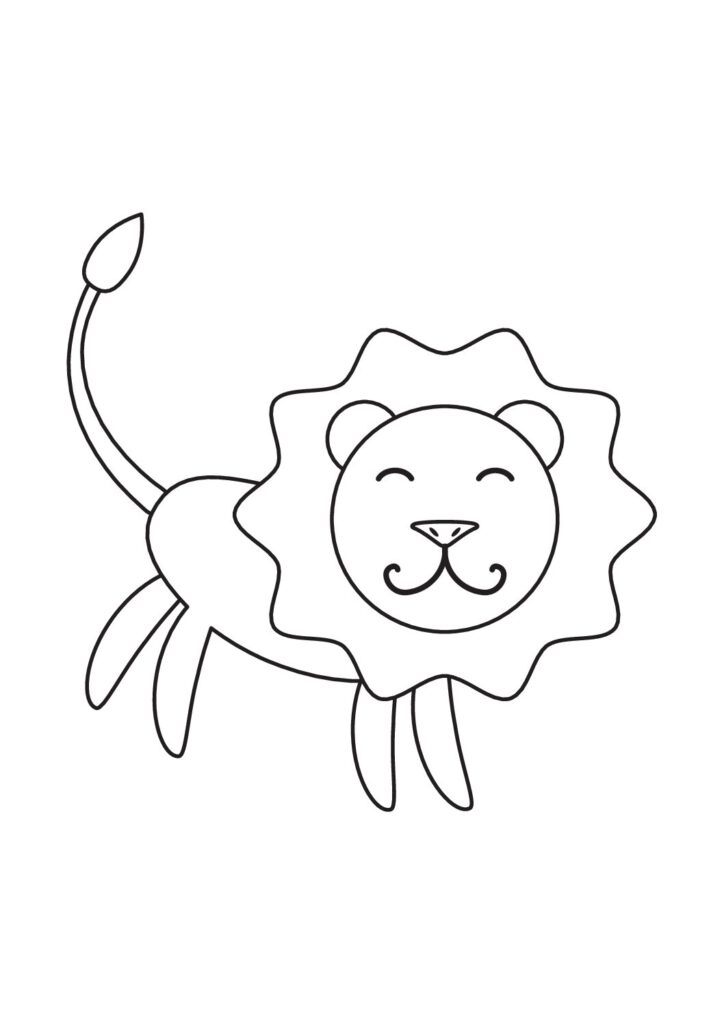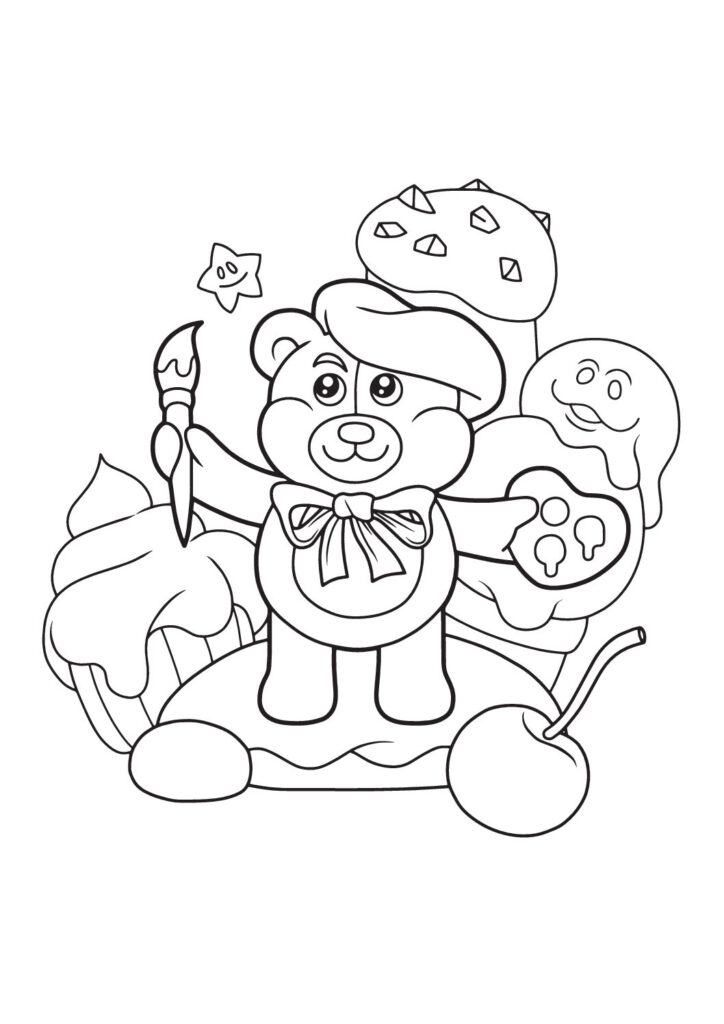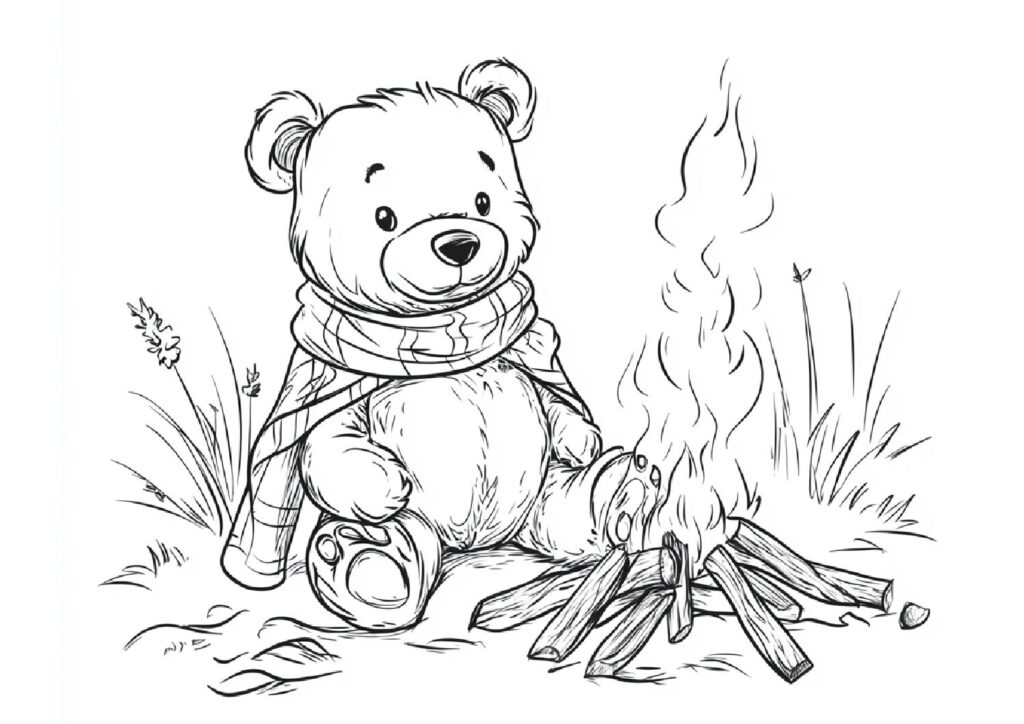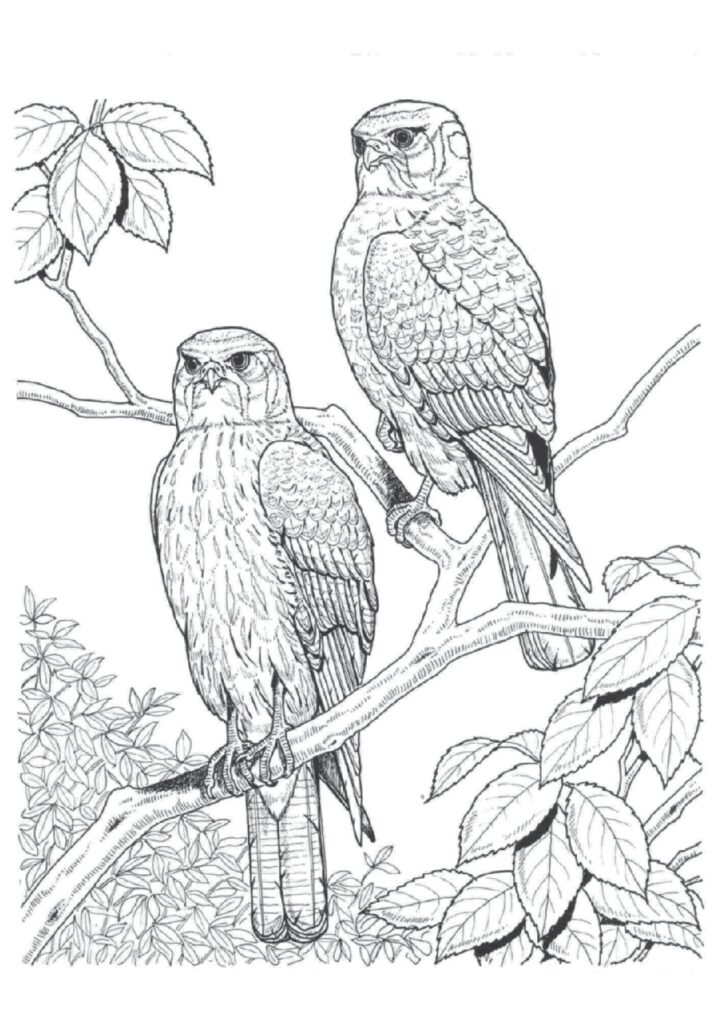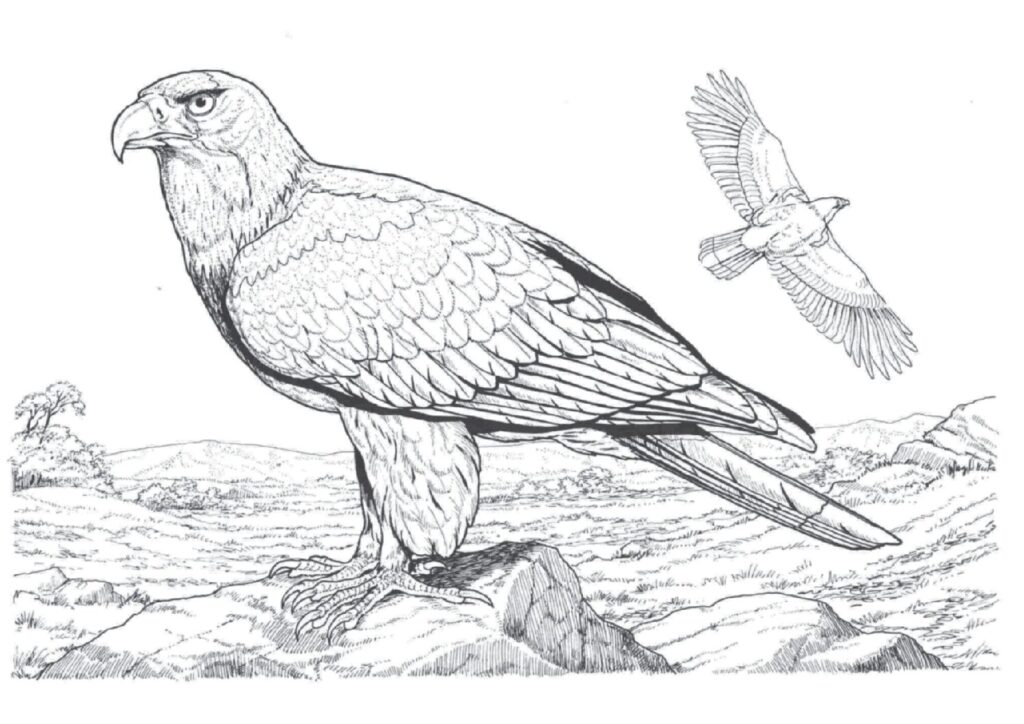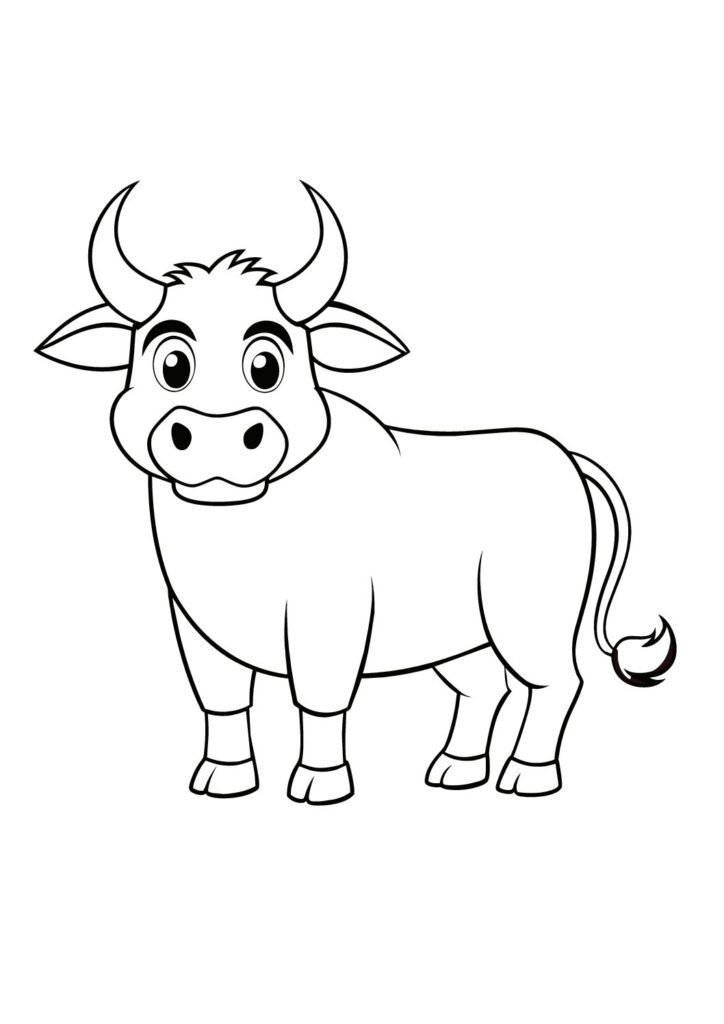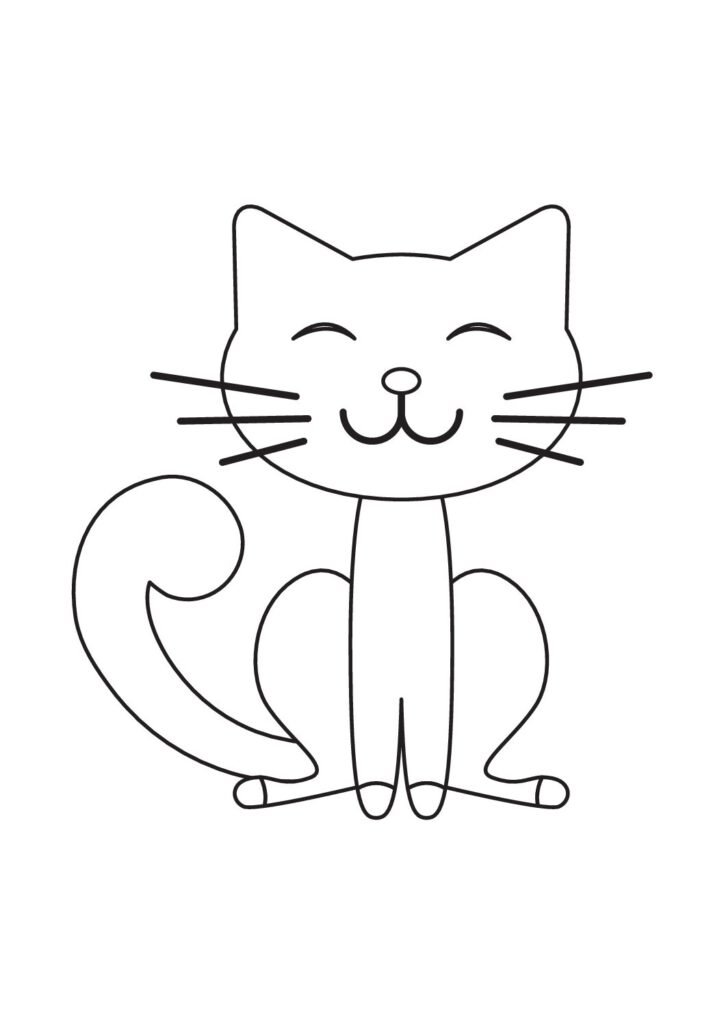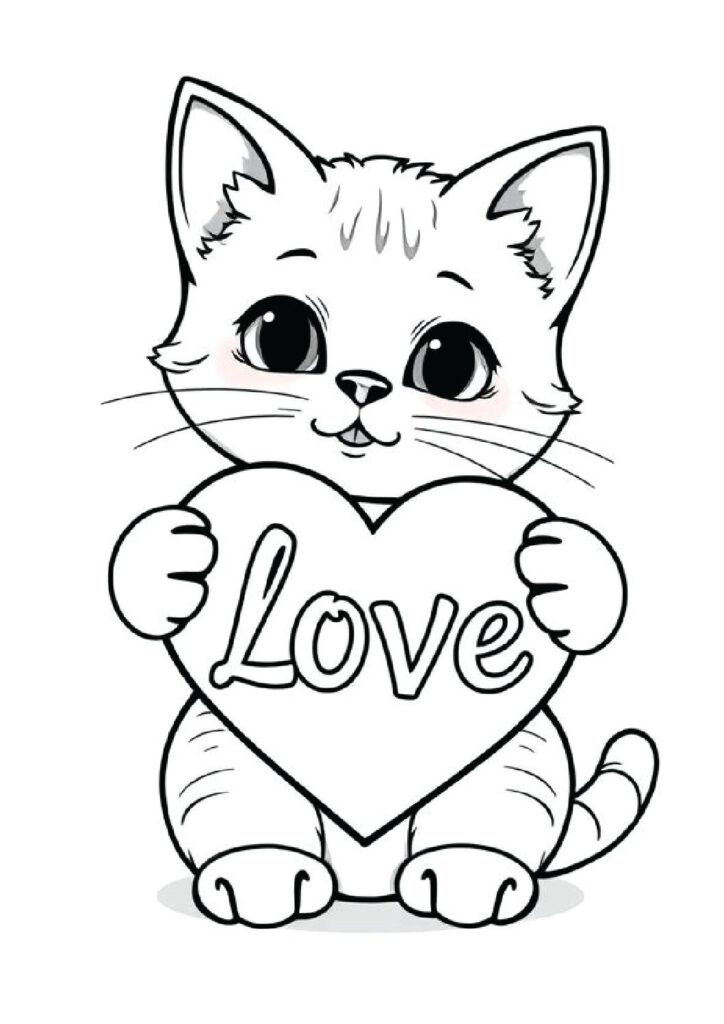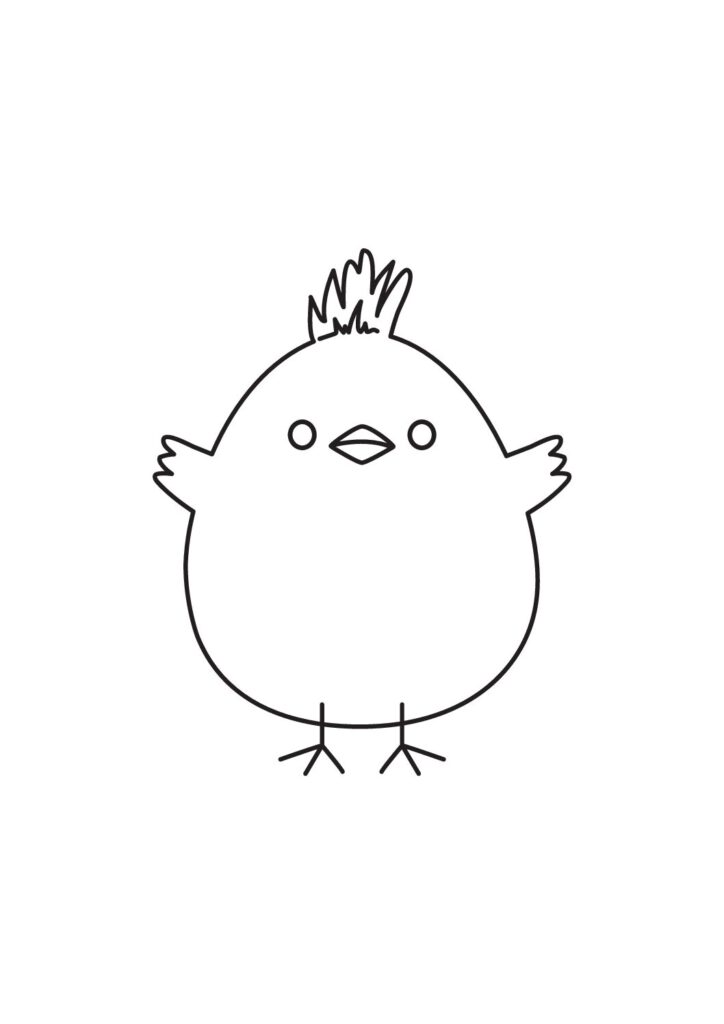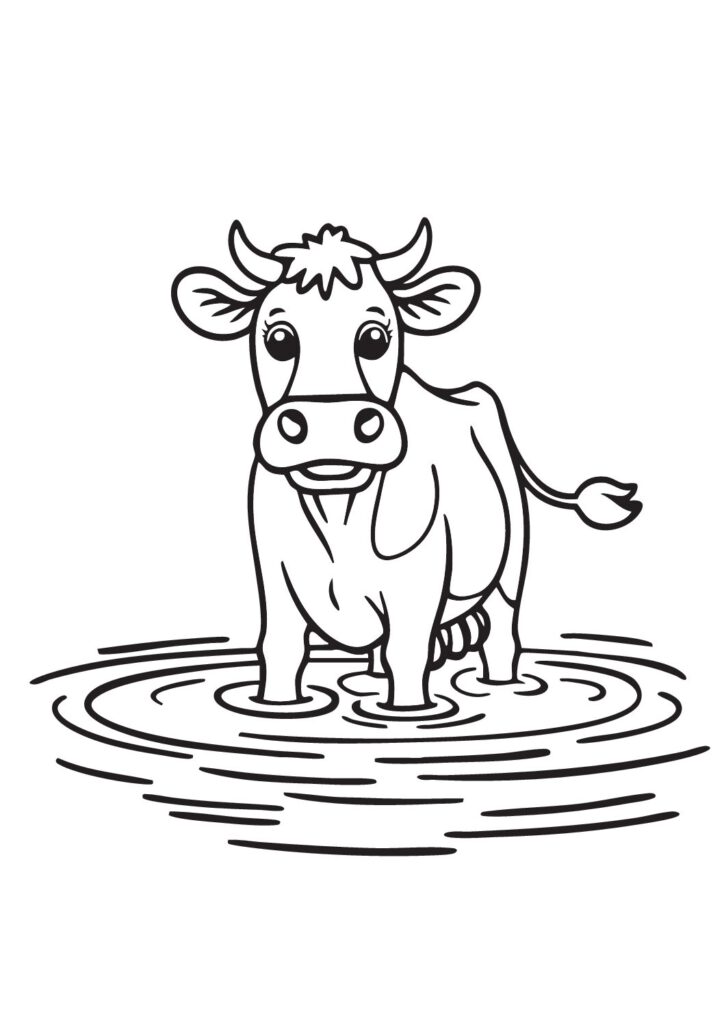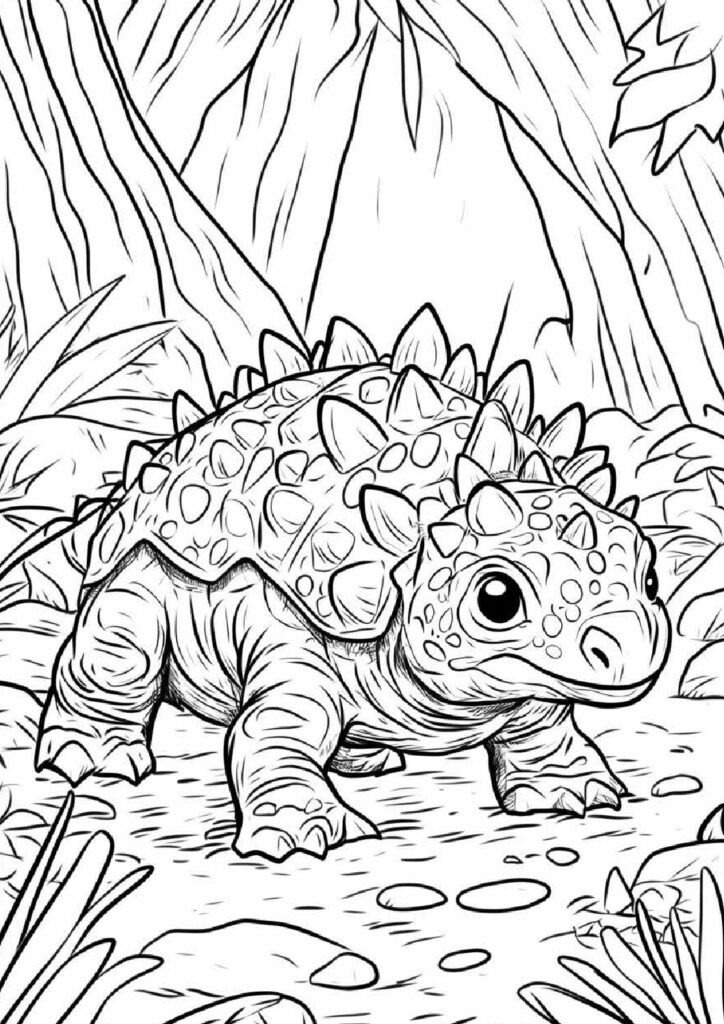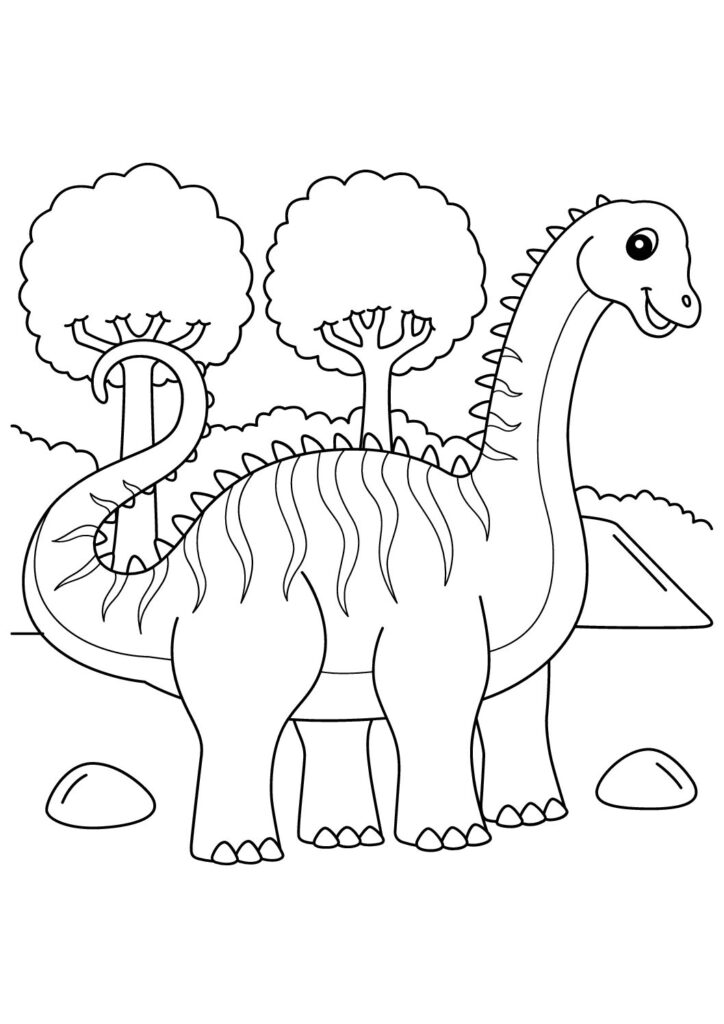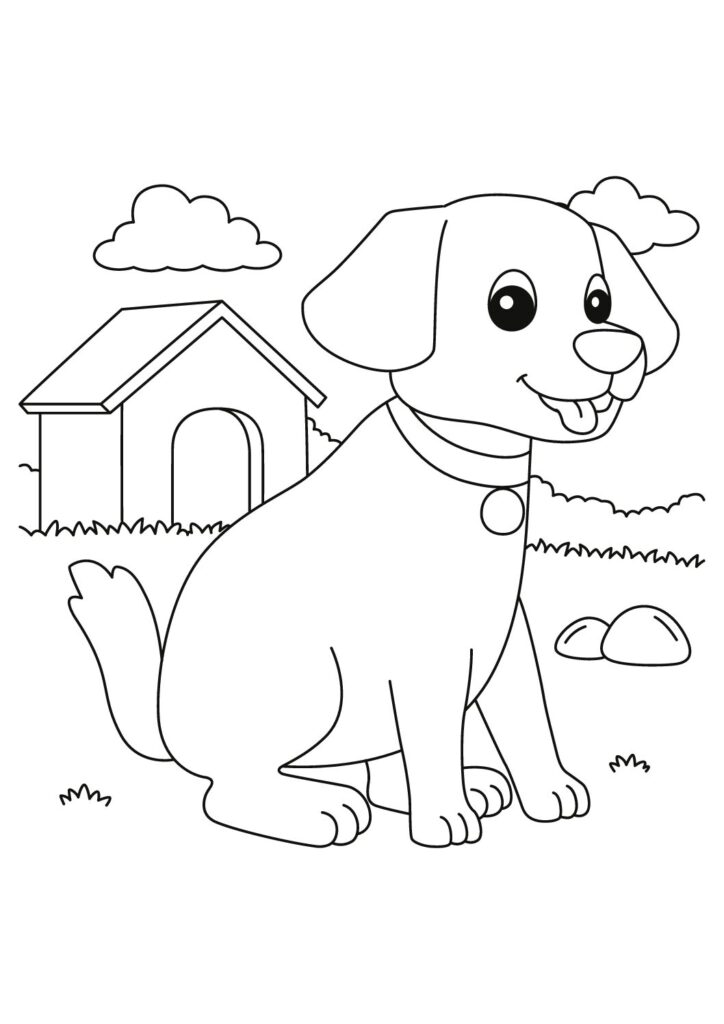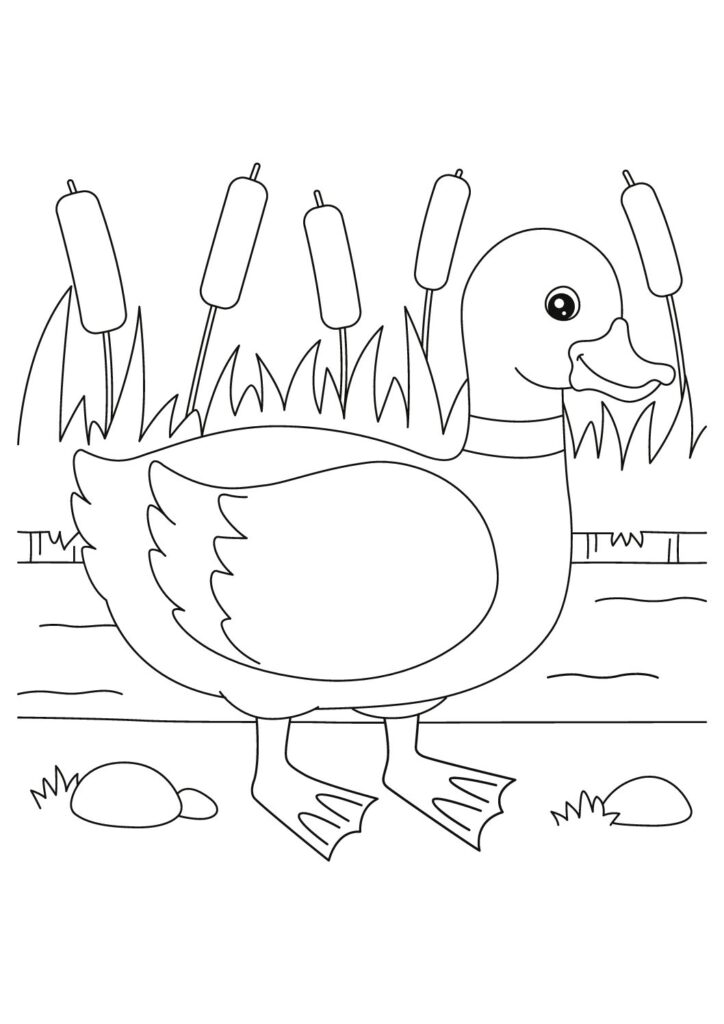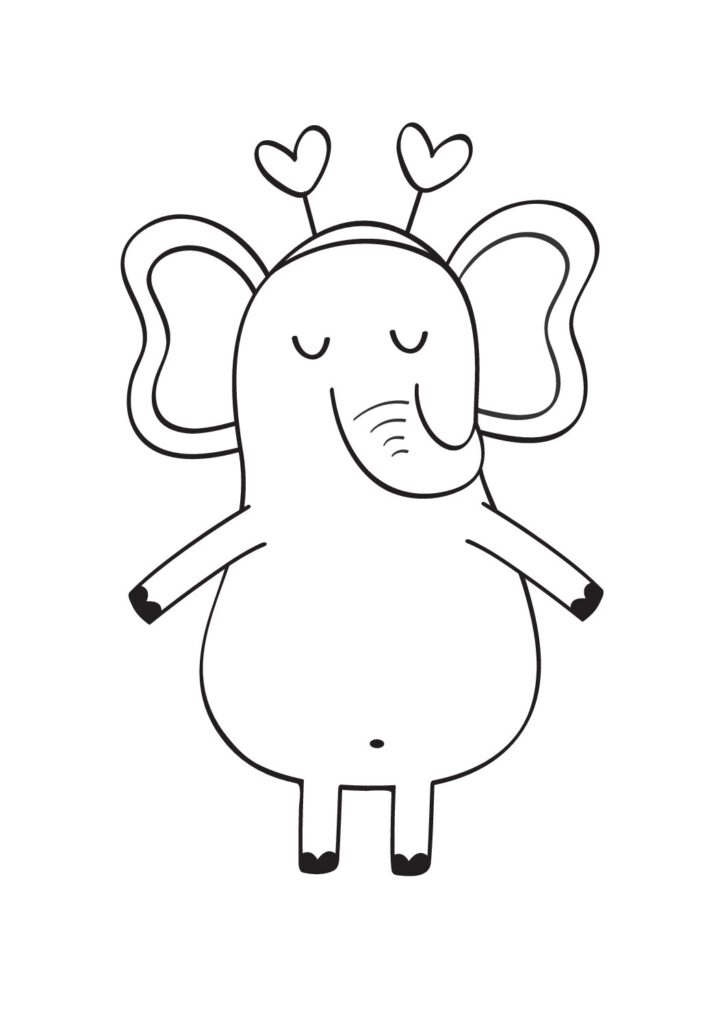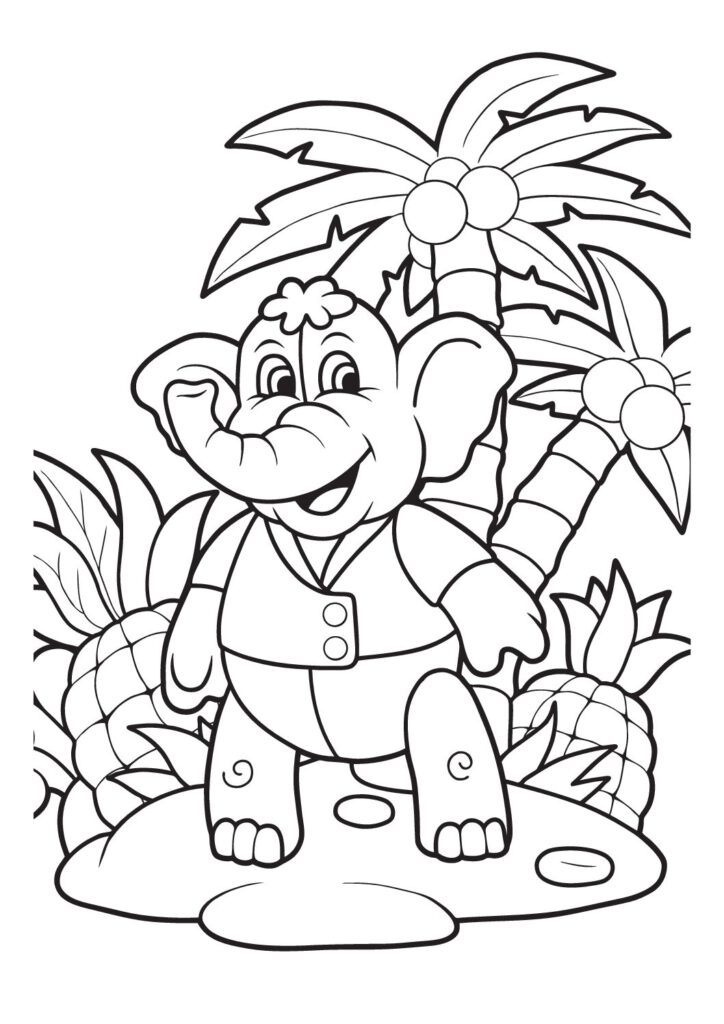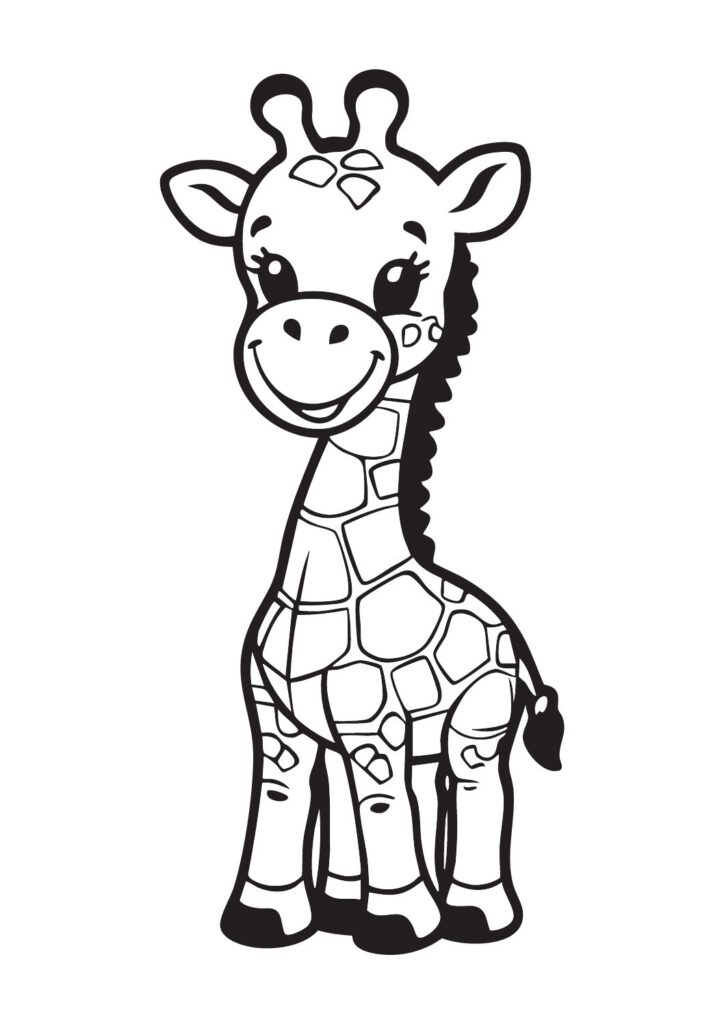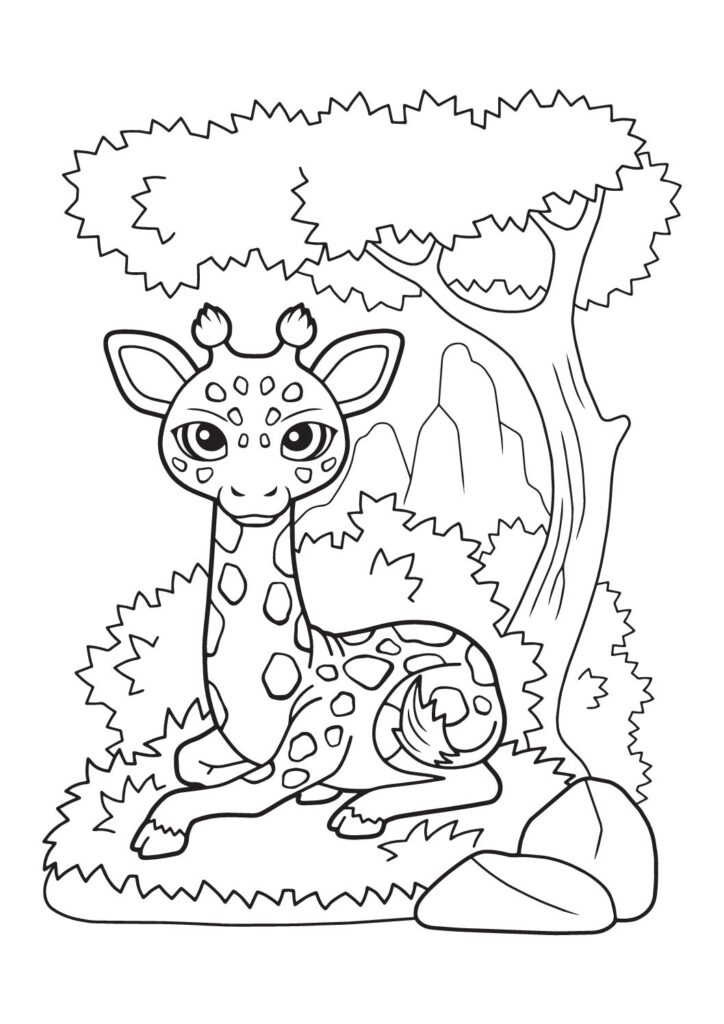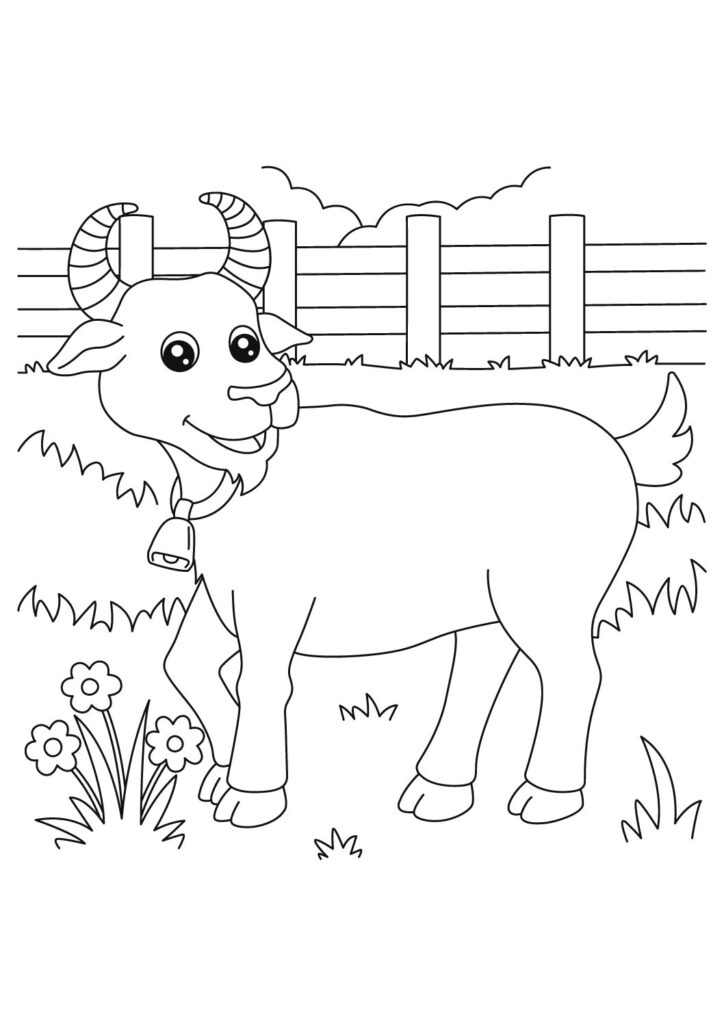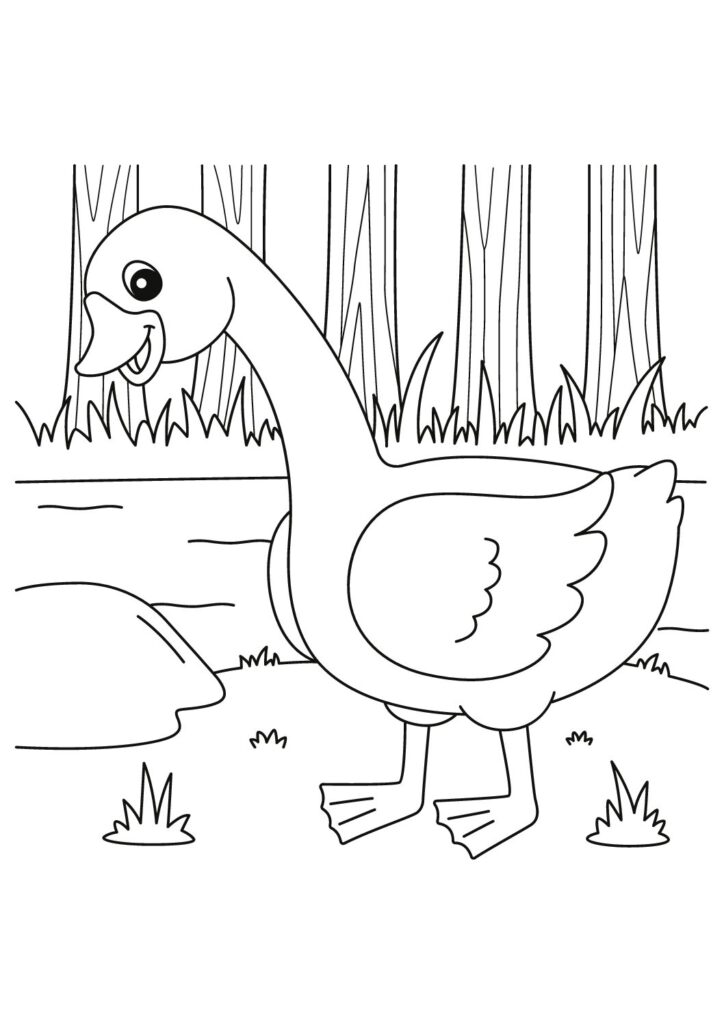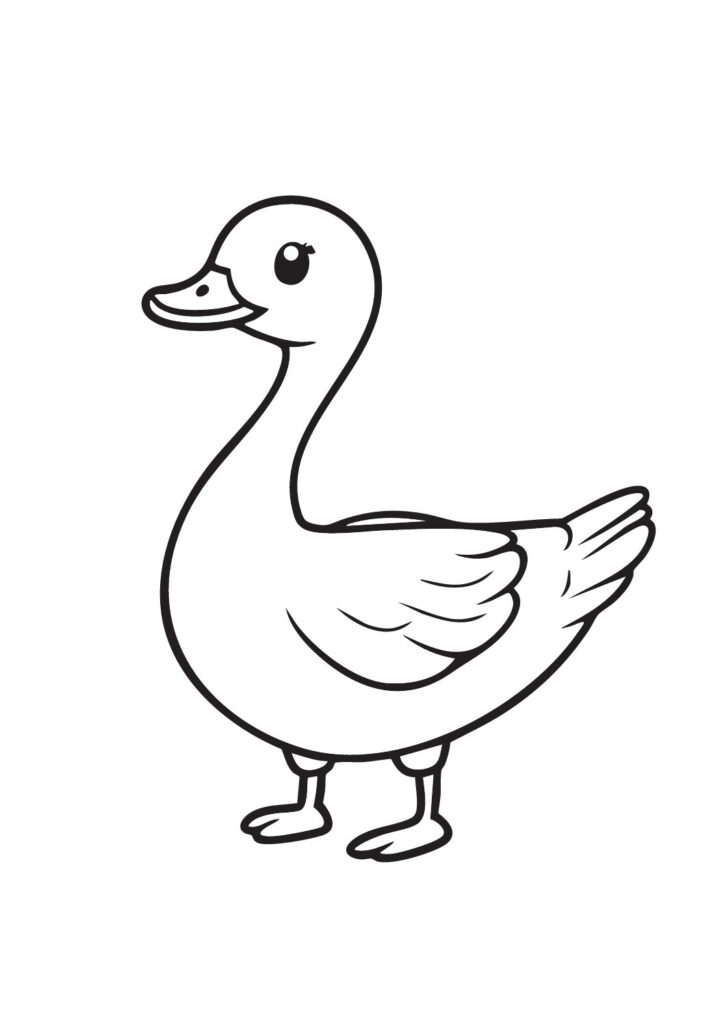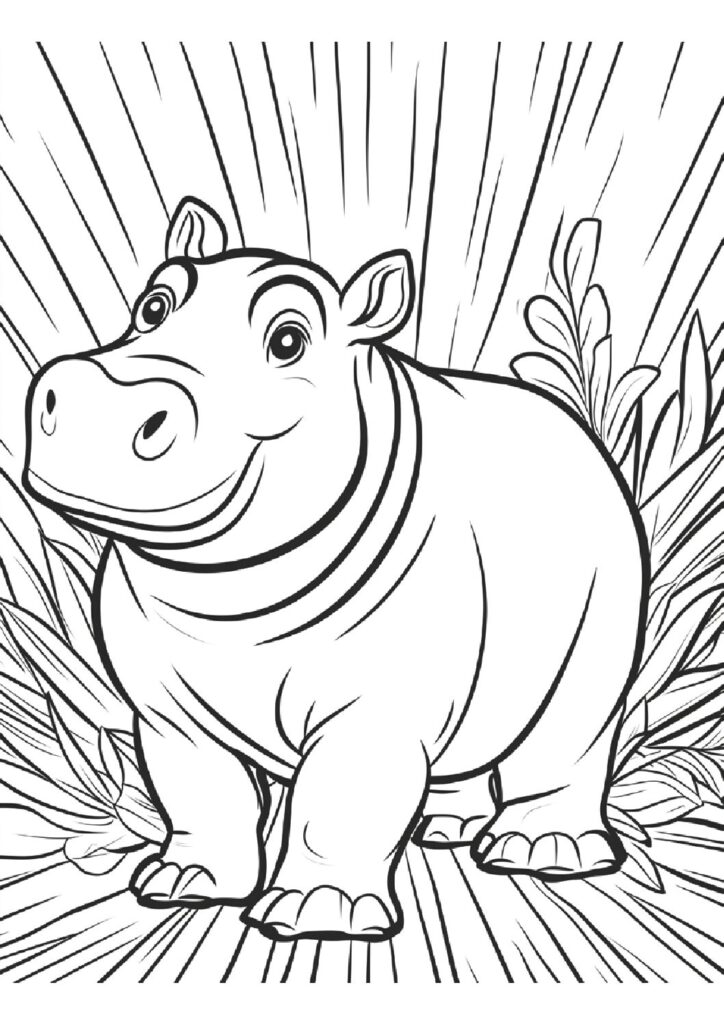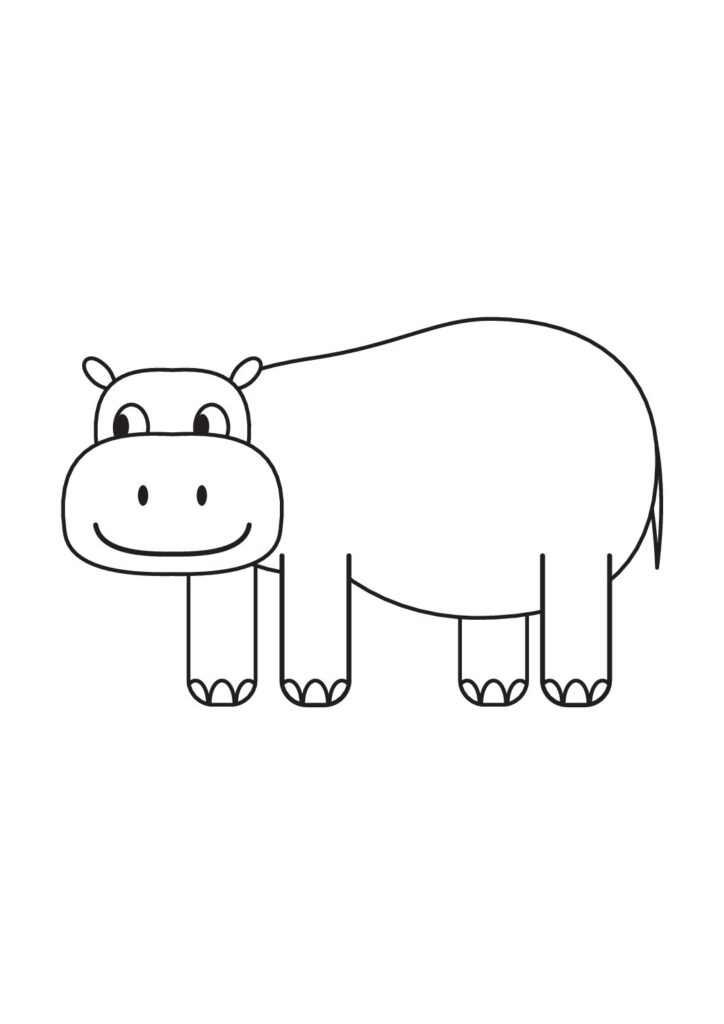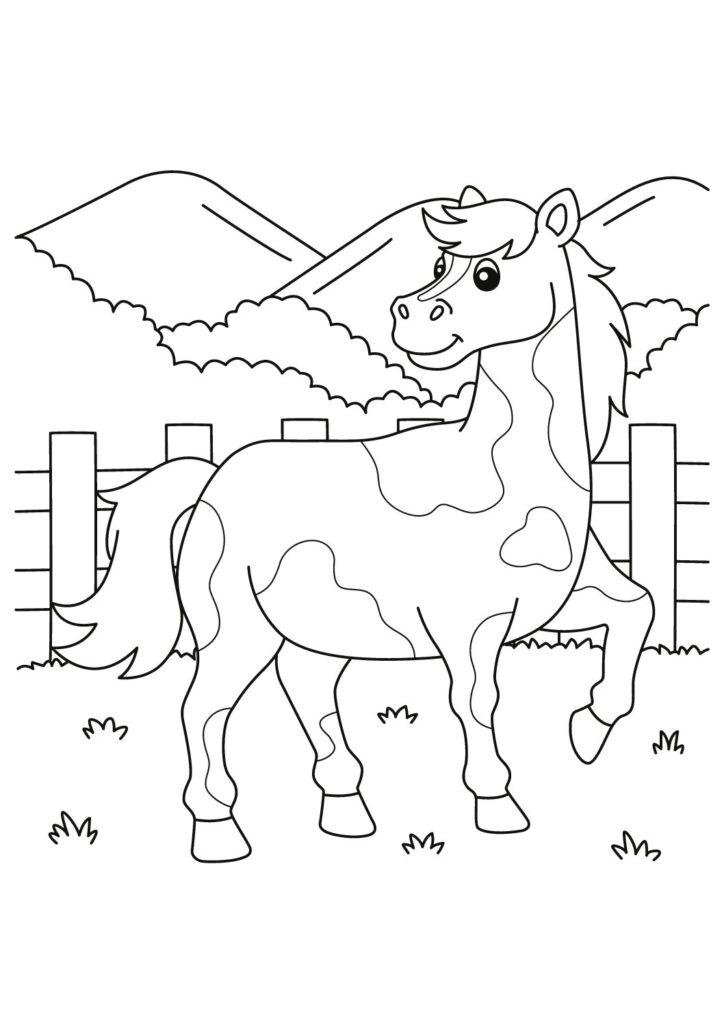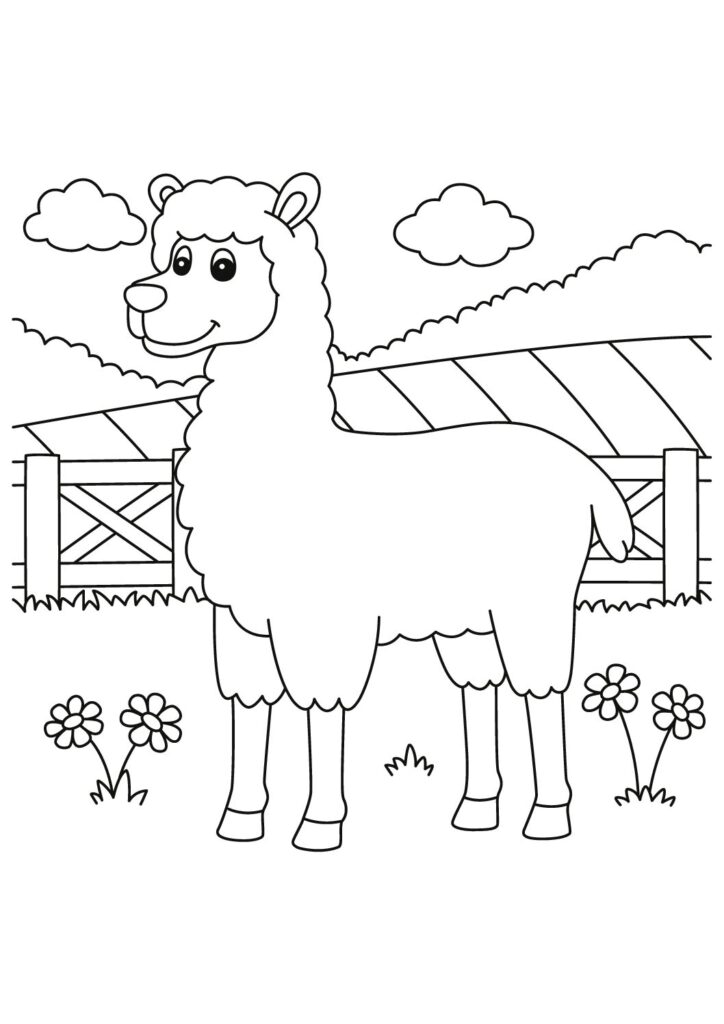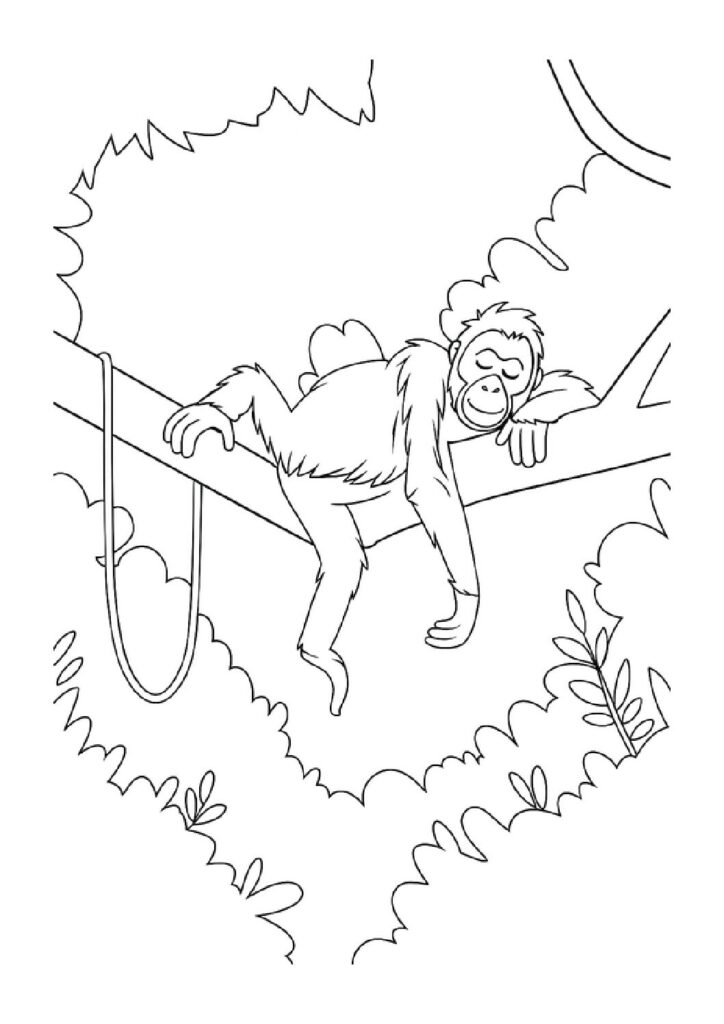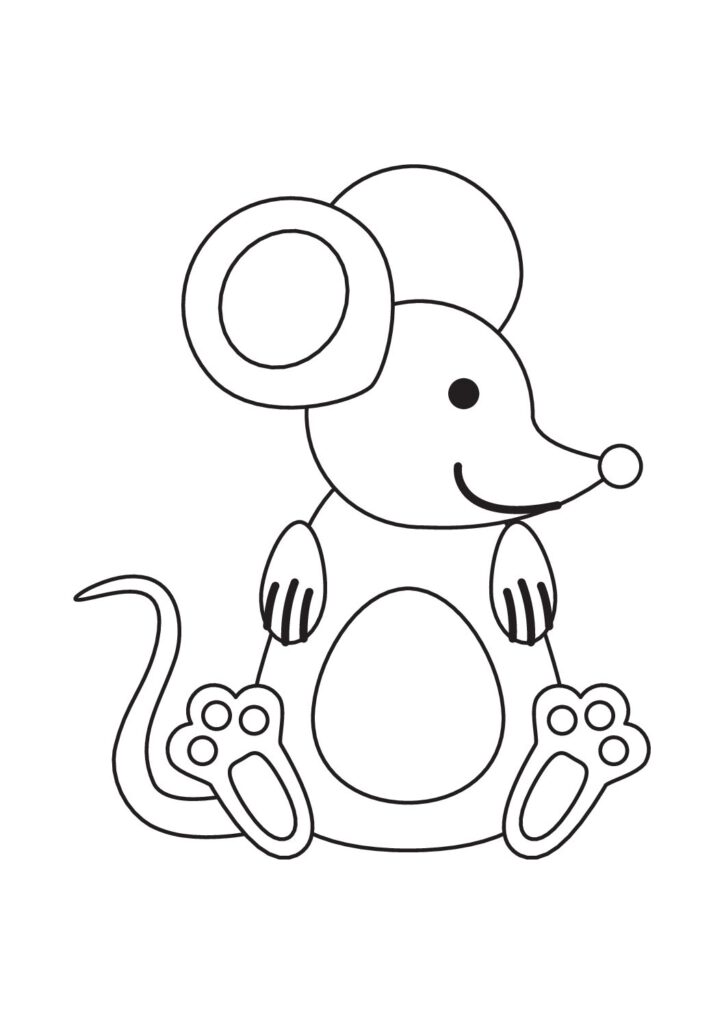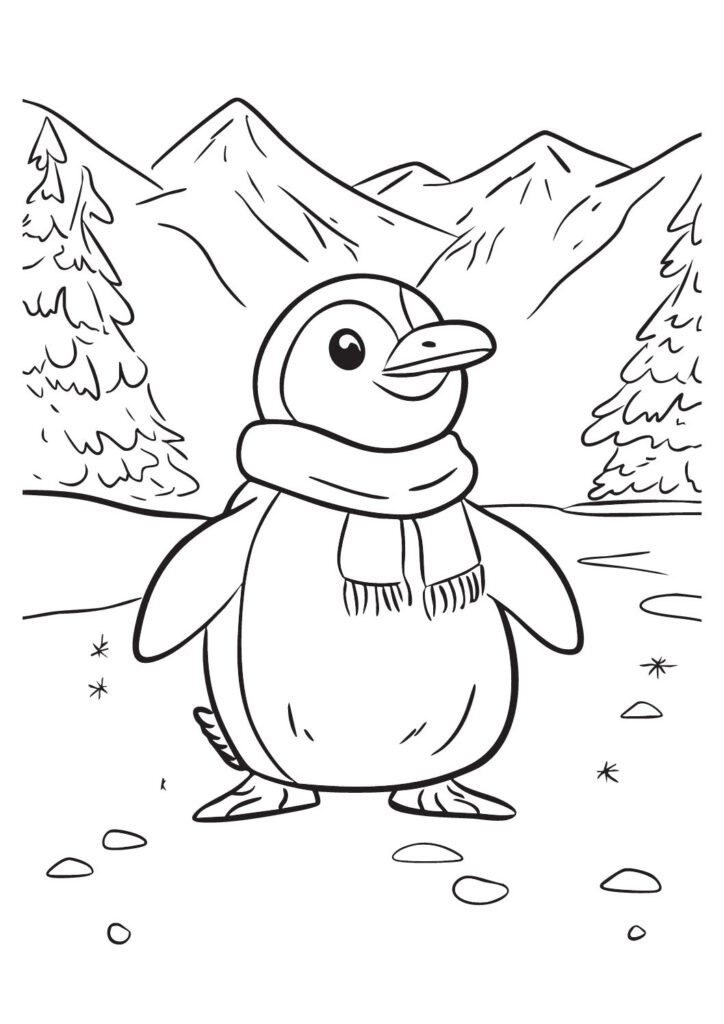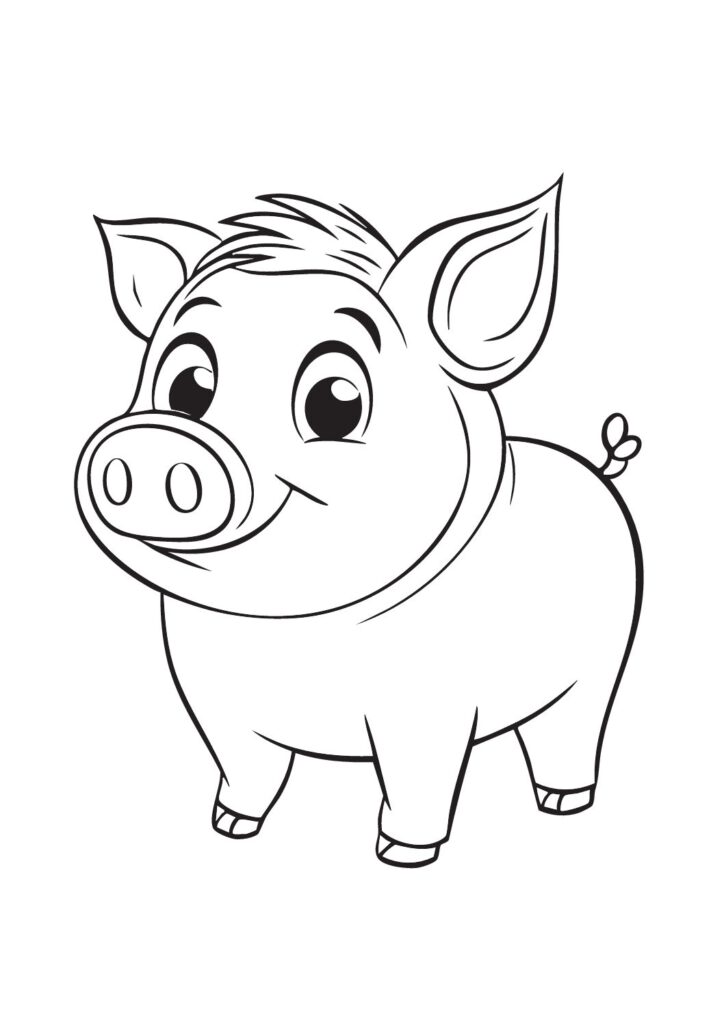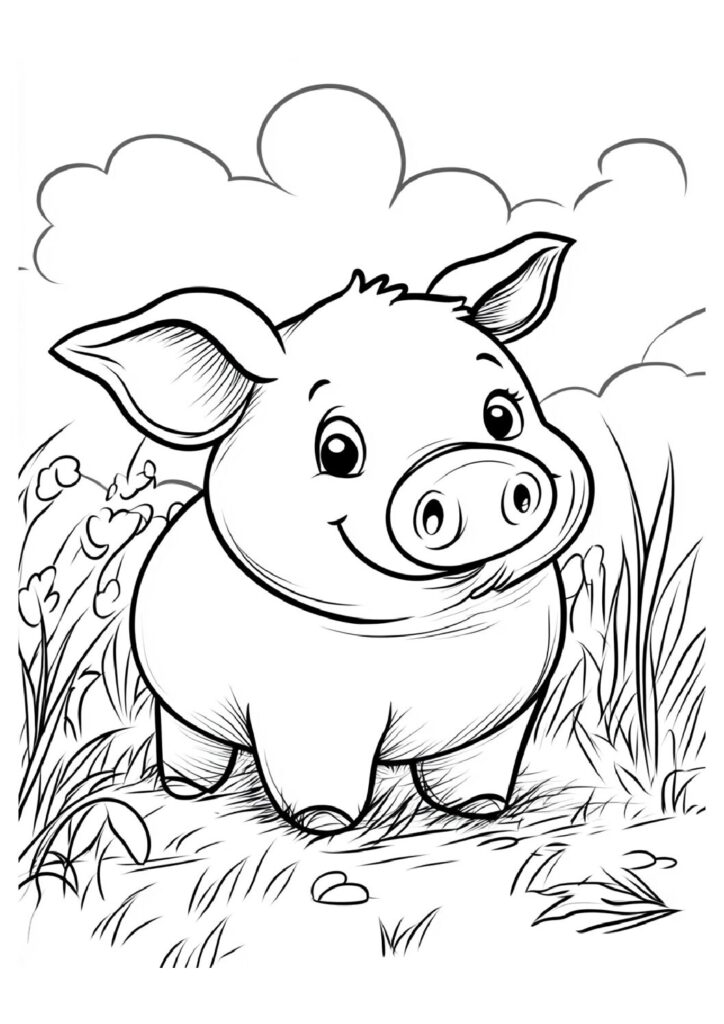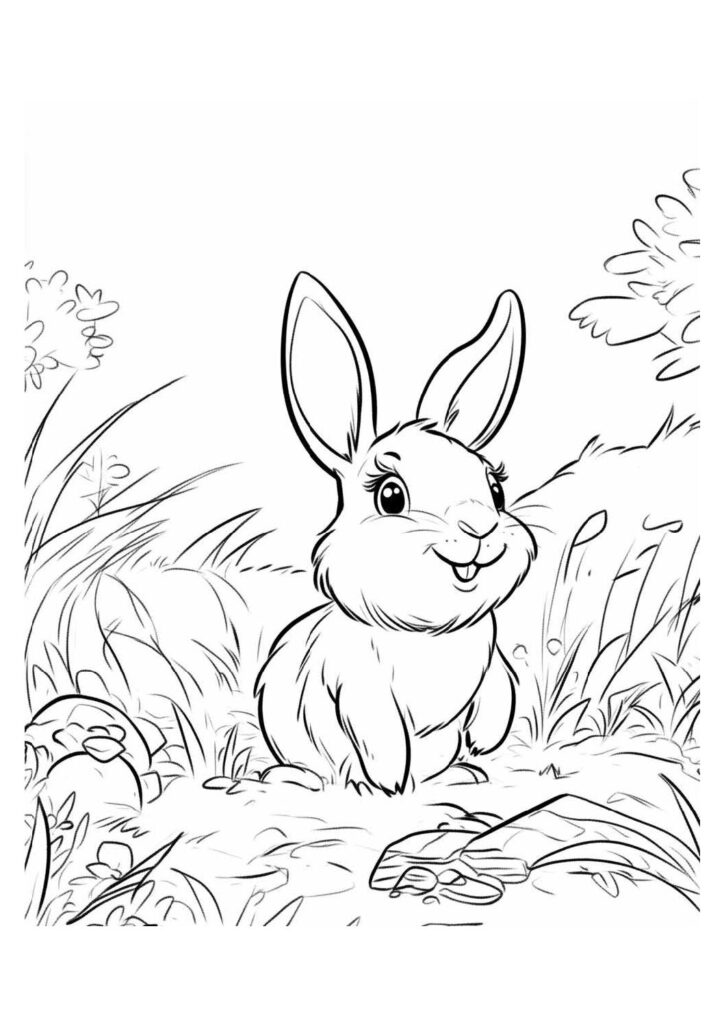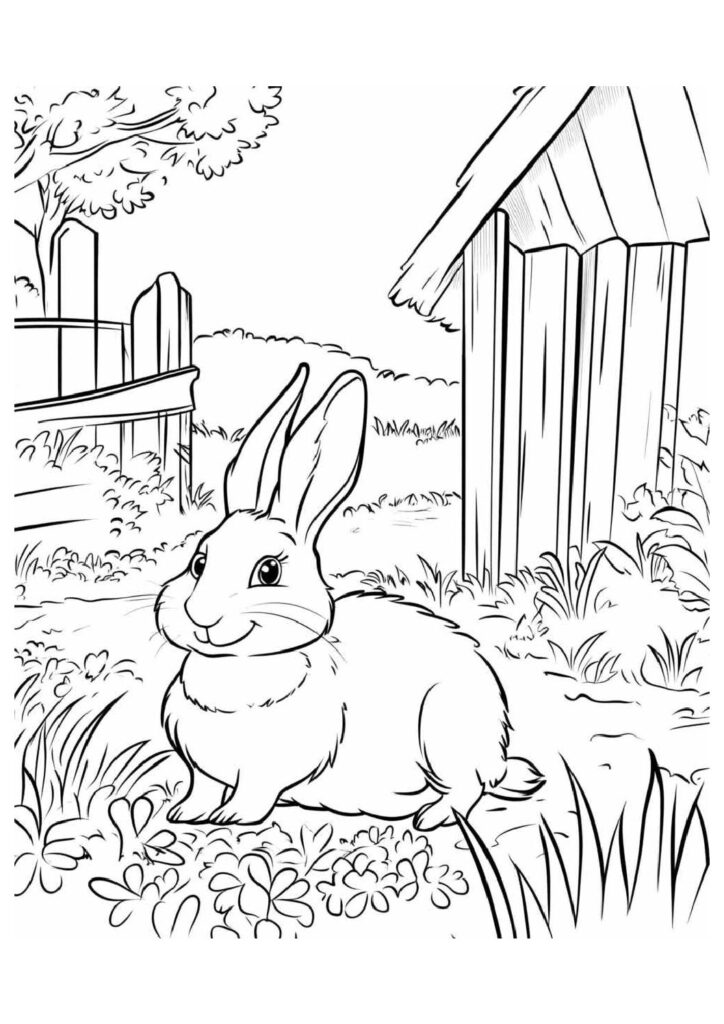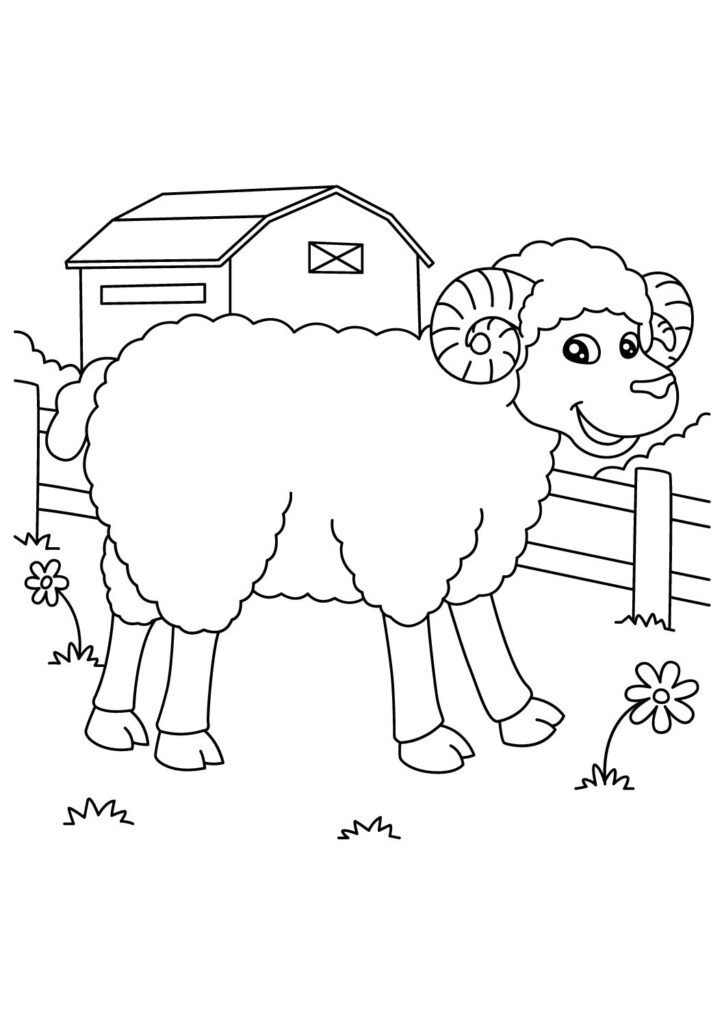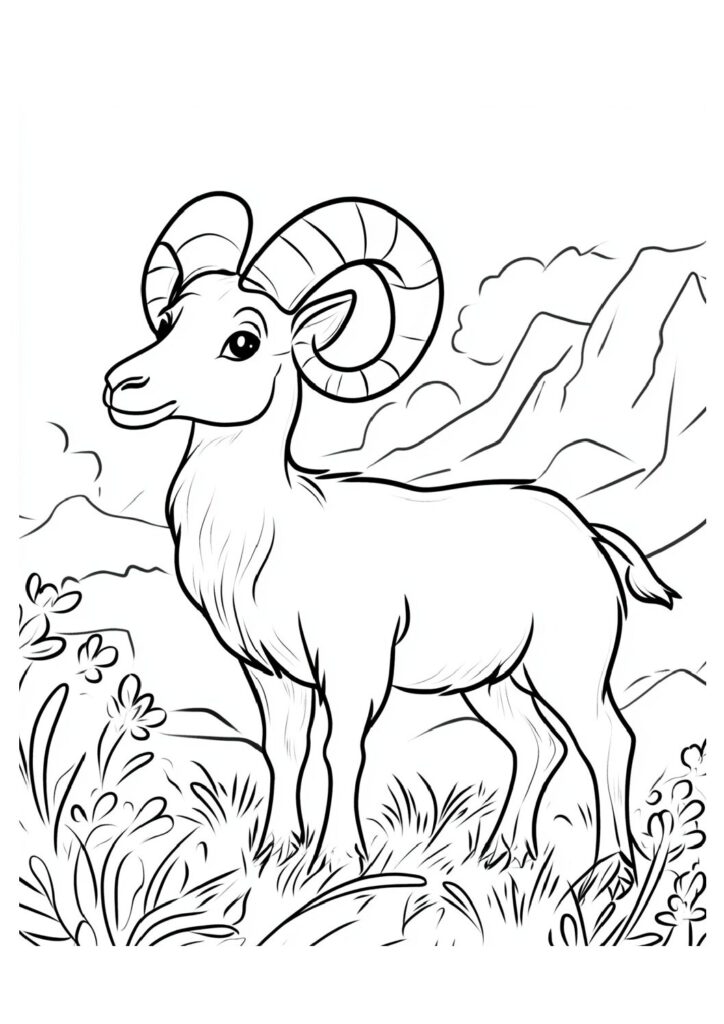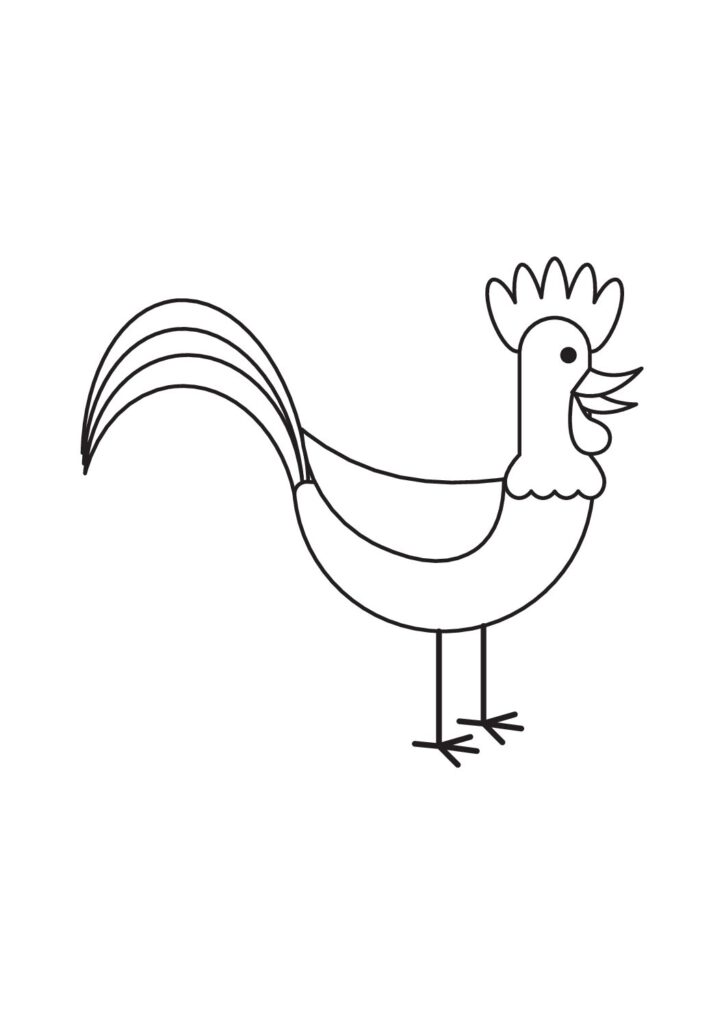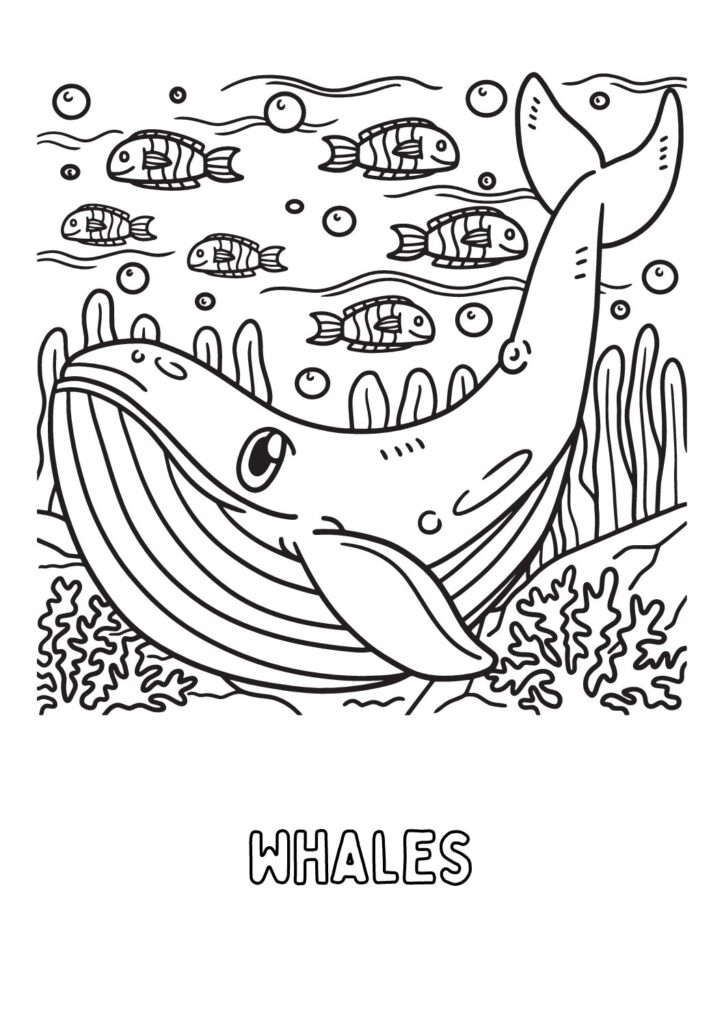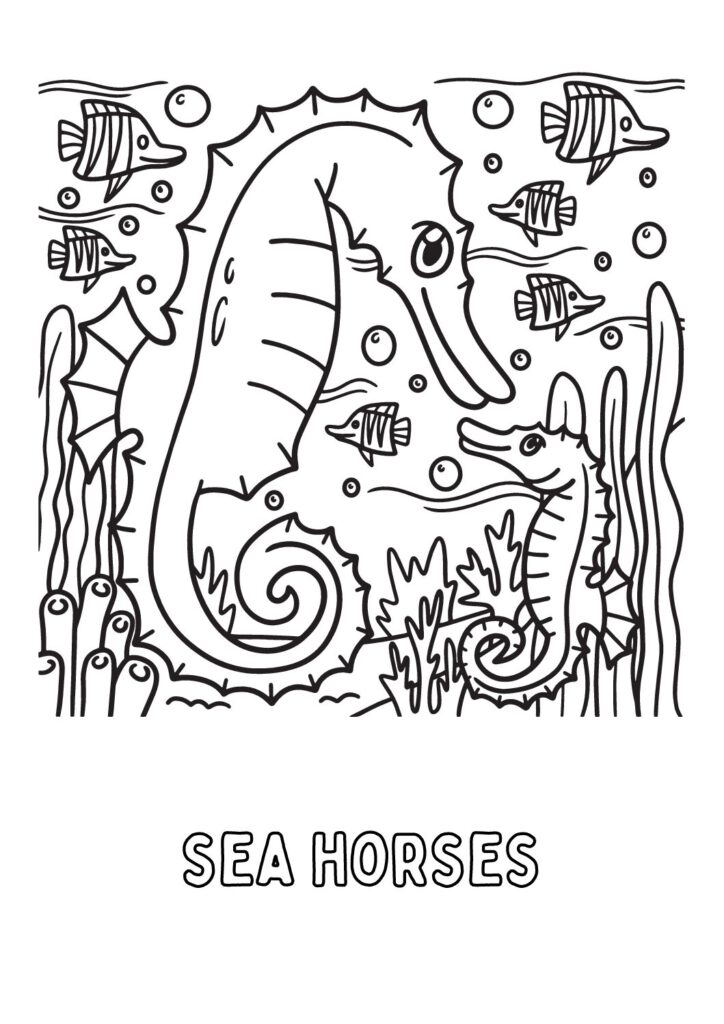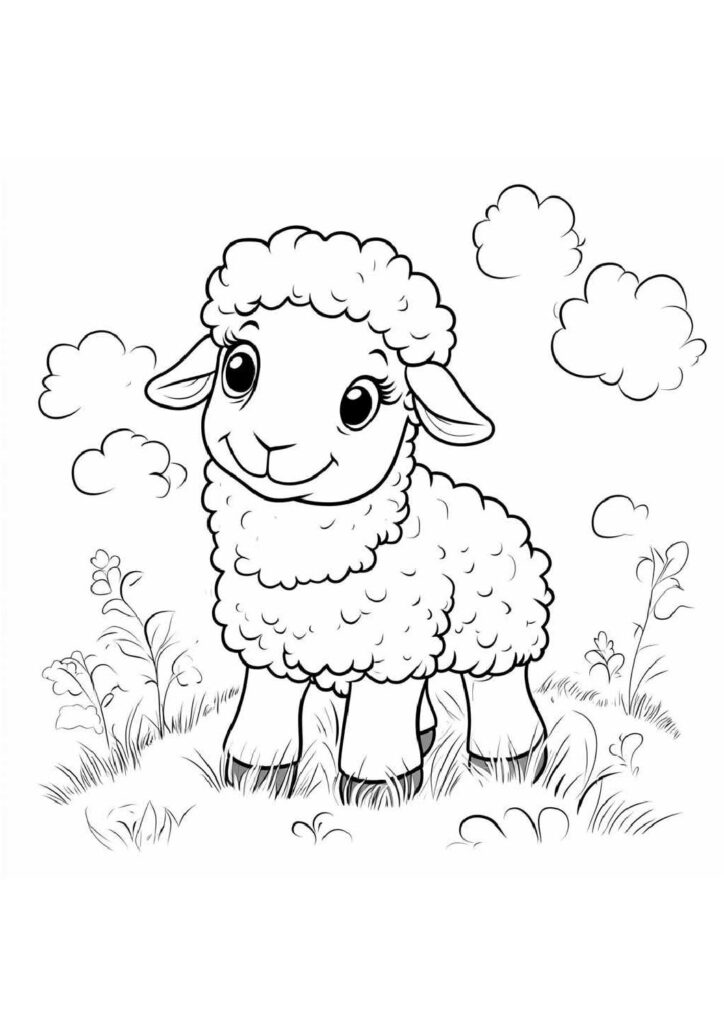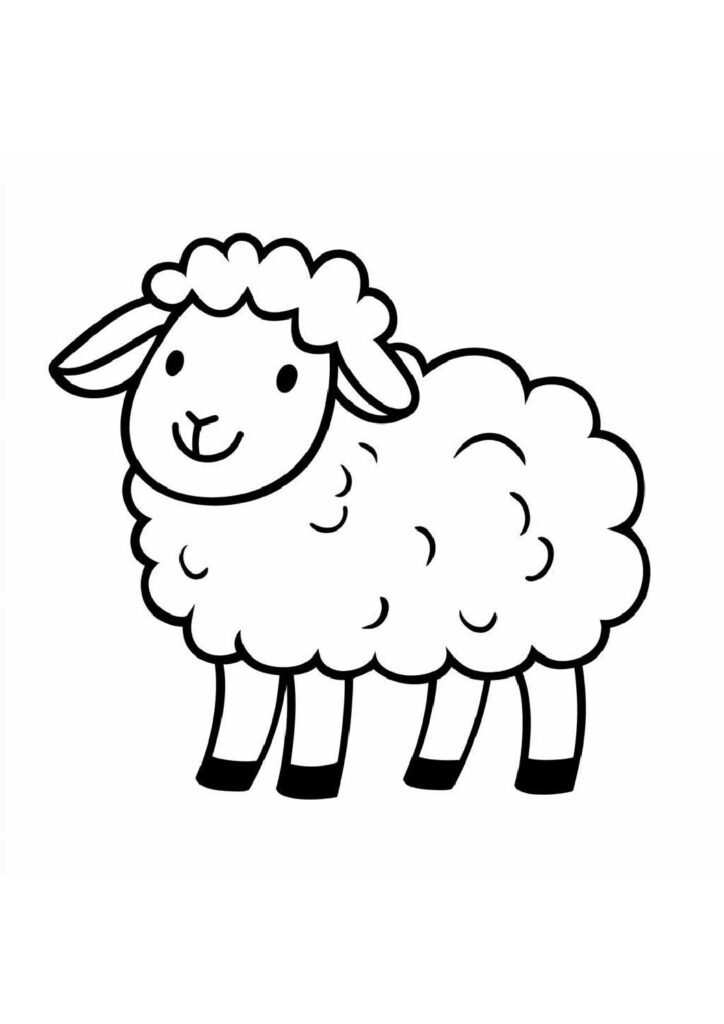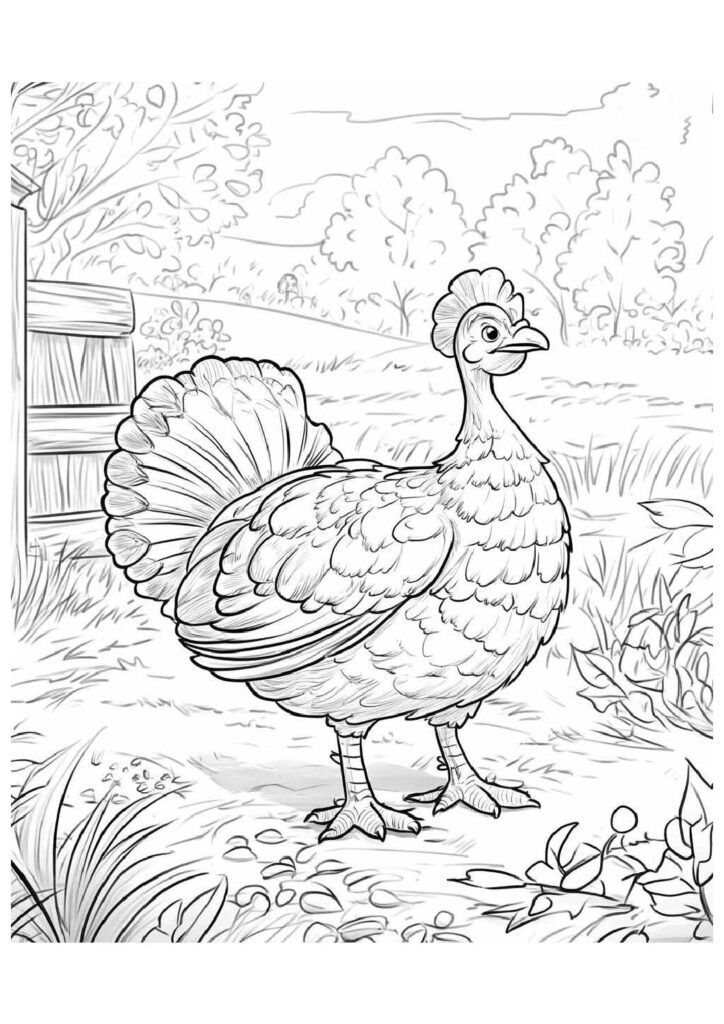2 Free Lion Coloring Pages for Download (Printable PDF)
Roar into our free printable lion coloring pages featuring the mighty kings of the jungle! Download these high-quality sheets showcasing male lions with magnificent manes, lionesses, and cute cubs. Perfect for kids and big cat enthusiasts, these detailed safari coloring pages capture the power and majesty of these incredible felines. Each printable sheet brings these royal creatures to life!
Magnificent Lion Facts: The Complete Guide to Africa's Iconic Big Cat
Introduction
Lions represent one of Earth’s most iconic and recognizable predators, dominating the African savanna as apex carnivores for millions of years. These magnificent big cats, scientifically classified as Panthera leo, have evolved specialized adaptations for cooperative hunting and territorial defense while developing the complex social structures that distinguish them from nearly all other feline species, creating the unique combination of power, majesty, and family bonds that has captivated human imagination throughout history.
Remarkable Social Structure
Unlike most solitary feline species, lions live in complex social groups called prides typically consisting of 1-3 adult males, related females, and their cubs, with group sizes ranging from 4-40 individuals depending on habitat and prey availability. This unique social structure enables cooperative hunting, communal cub-rearing, and territorial defense that would be impossible for solitary hunters, demonstrating evolutionary adaptations specific to the challenges of savanna environments and large prey specialization.
Physical Prowess
Adult male lions reach impressive dimensions, typically weighing 330-550 pounds with exceptional individuals exceeding 600 pounds, while standing approximately 4 feet tall at the shoulder and measuring 8-10 feet in length including their tail. Their powerful jaws generate bite forces exceeding 650 pounds per square inch—strong enough to crush large bones—while their massive forepaws can deliver strikes with forces approaching 400 pounds, combining lethal weapons with explosive acceleration that enables them to reach speeds of 50 mph in short bursts.
Hunting Strategies
Contrary to popular belief, lionesses perform approximately 90% of hunting activities within prides, employing sophisticated cooperative strategies including coordinated ambushes where individuals assume specific roles as blockers, flushers, or ambushers. Their hunting success rate reaches approximately 30% compared to 17-19% for solitary hunters like leopards and cheetahs, demonstrating the effectiveness of their team approach while typically targeting medium-to-large ungulates including wildebeest, zebra, and buffalo that sustain their extensive caloric requirements.
Communication Methods
Lions utilize a sophisticated communication system including diverse vocalizations, visual signals, and scent marking that maintains pride cohesion across vast territories. Their iconic roar—audible up to 5 miles away—serves multiple functions including territorial advertisement, group coordination, and intimidation of rivals, produced through a specialized hyoid apparatus that allows them to generate sounds at frequencies that carry efficiently across open savanna environments, effectively announcing their presence across their domain.
Conservation Challenges
Lion populations have experienced dramatic declines from an estimated 200,000 individuals a century ago to approximately 20,000 today, representing a 90% reduction primarily due to habitat loss, human-wildlife conflict, and poaching. Their range has contracted by over 80%, with populations now fragmented across increasingly isolated protected areas, while West African lions face particular peril with fewer than 250 mature individuals remaining, highlighting the urgent conservation challenges facing these iconic predators across their historical range.
Cultural Significance
Throughout human history, lions have maintained extraordinary cultural significance, appearing prominently in art, literature, religion, and national symbols across diverse civilizations. From ancient Egyptian sphinx monuments to medieval European heraldry and modern corporate logos, their image represents strength, courage, and nobility across cultures, while their behavior has inspired human concepts of leadership, family protection, and cooperative success, demonstrating their profound impact on human imagination and symbolism across millennia.
